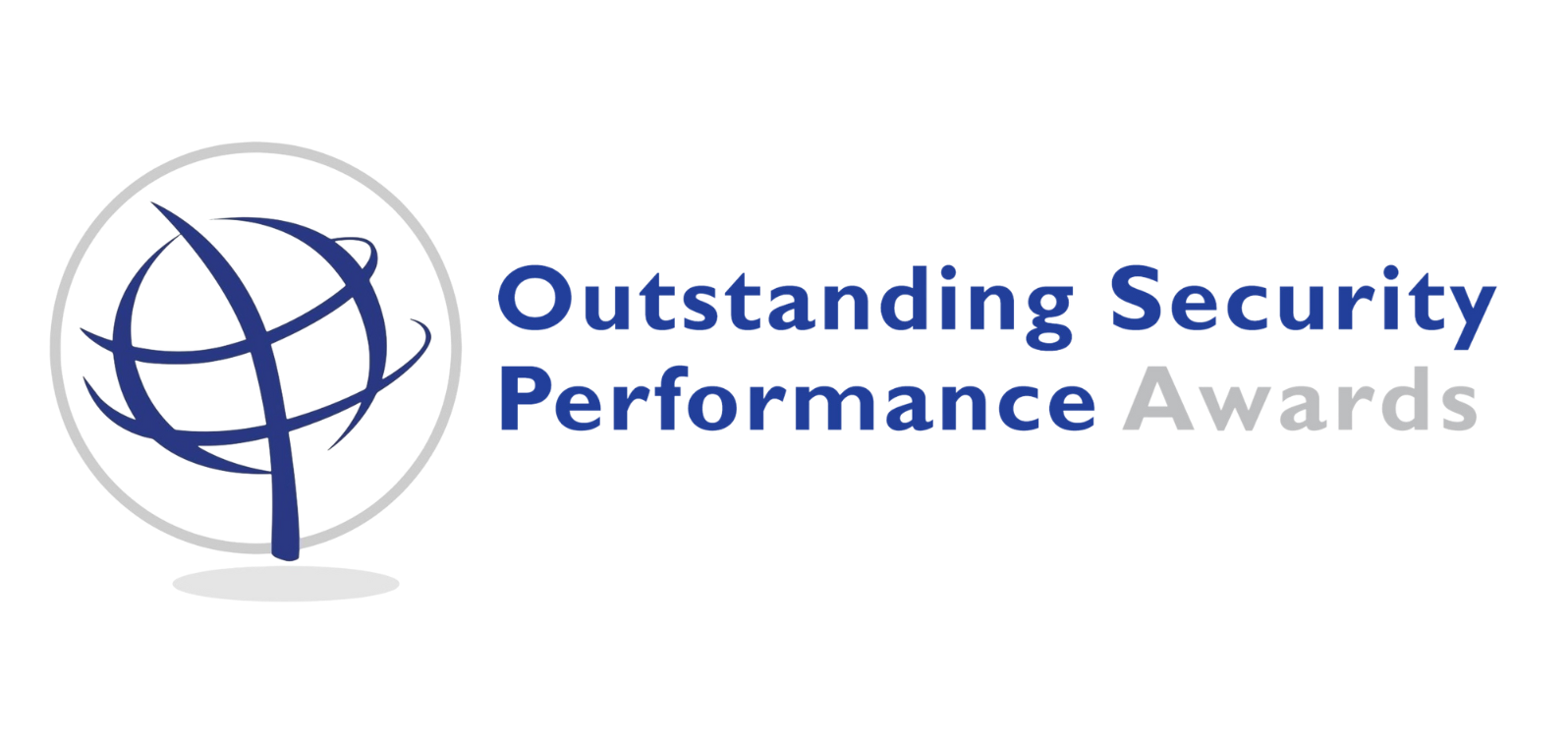
Chair: Martin Gill
Panellists:
Louis Chavez – Principal Engineer, Security and Life Safety at UL (US)
Nicolas Garcia – Sales Director MEA Biometric Devices at IDEMIA (UAE)
Steven Kenny – Industry Liaison, Architecture and Engineering Program, Axis Communications (UK)
Teemu Santonen – Principal lecturer at Laurea University of Applied Sciences (Finland)
Key points
Teemu Santonen highlights the importance of diversity in innovation and he points to very specific types. This includes cultural diversity; organisational diversity (public and private and NGOs); including people with disabilities and who have criminal convictions; cross functional diversity involving for example senior management and frontline workers, and people from different departments from marketing to engineers; and disciplinary diversity. In looking more broadly security has the opportunity to be new and dynamic and different, indeed only by doing so can it realise its potential to innovate. Teemu highlights other problems too including companies over valuing their products; failing to engage with end users; and not thinking sufficiently about what the customers want.
Nicolas Garcia focusses his opening comments specifically on the biometrics industry which he notes is changing dramatically (and about which he has written a book). He highlights a major barrier to innovation being the large gap and the many intermediaries between manufacturers and the end user. They all need to be educated but this is a challenge and it requires, he argues, all parties to play their part. He notes that there has been a shift in biometrics to contactless solutions which have become popular since Covid-19 although the interest in them has been longstanding. Although there is a wish for innovation to be quick, it is not a speedy process, and because of this there is no substitute to being close to the market. Over time it has become more complicated; clients are more demanding.
Louis Chavez notes that in the worlds of both innovation generally and security specifically change quickly, and security is a good market, there is a lot happening and many opportunities including, as an example, with the cloud. He refers to the variety of codes and standards helping to drive up the quality of outputs in all their diverse forms. But for all of this the process of innovation involves validating what is produced and this has to be done well. You will witness him mention the importance of building security into products at the design stage and the adverse consequences later of not doing so, including additional costs.
Steven Kenny is involved in bringing innovation to the forefront. He discusses the hesitancy of some to engage with innovation where a range of barriers are discussed, including, he laments, the lack of a modern architecture on which to build up-to-date innovations; the lack of understanding of the capabilities of new systems and products; and the dangers of knee jerk purchases which can be costly in the long run. You will hear him make some interesting observations, in response to an audience question, about silos. He refers to barriers created by internal budgets. Also, in a different context he discusses manufacturers not working together because they fear losing both control and income, albeit that open systems are business critical. He calls on innovators to be creative.
According to this panel there is no lack of innovation in the security sector but there are barriers to its potential being fulfilled. Purchasers can be unrealistic and out of touch. Other too including manufacturers and all those in between them and end users operating independently of each other failing to collaborate. The ultimate challenge comes in heralding the good and overcoming the hurdles to that and it requires engaging with stakeholders, but there are a lot of them and it is far from clear who is or should take the lead.

